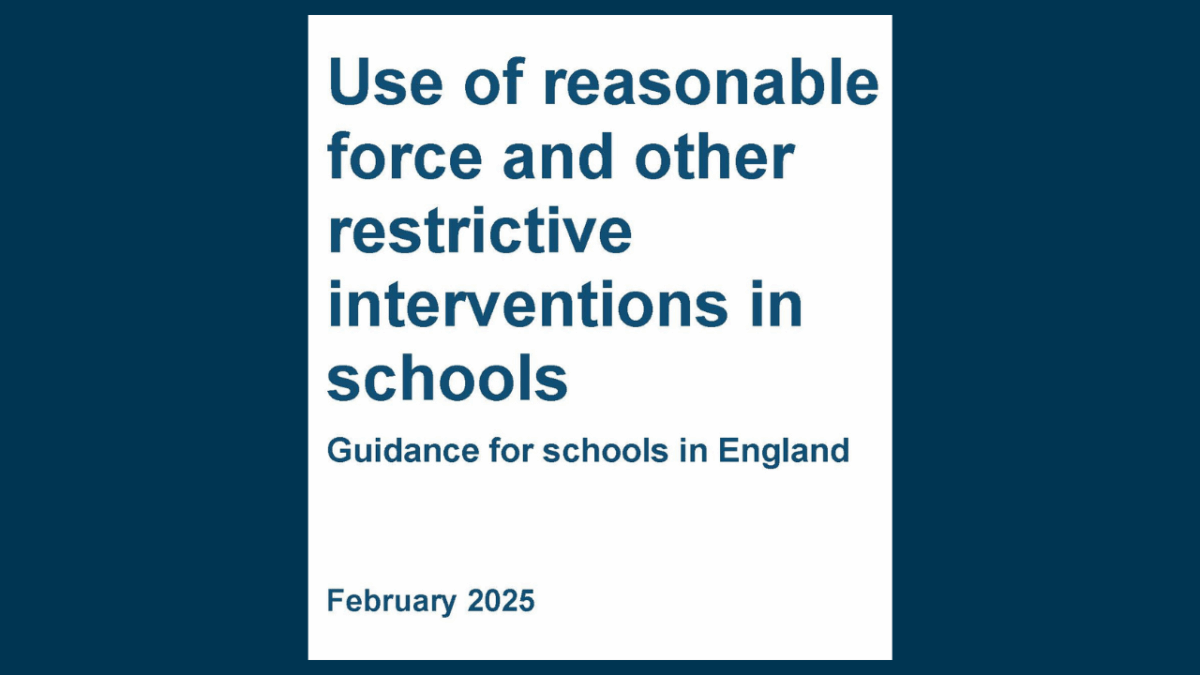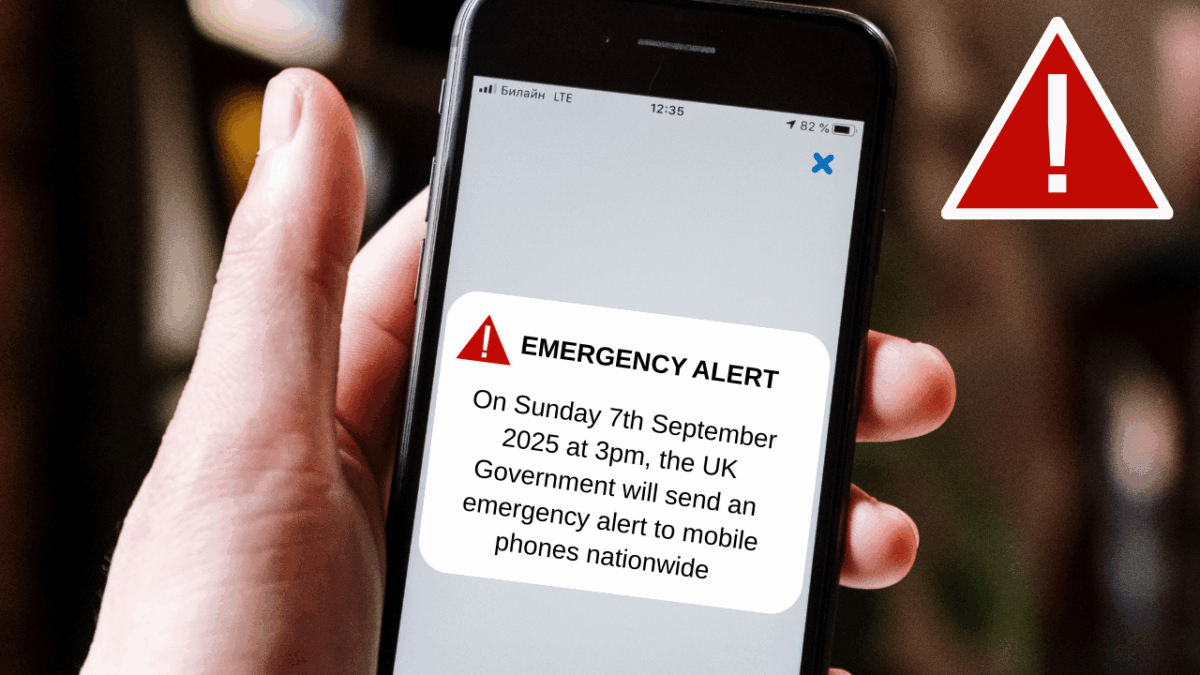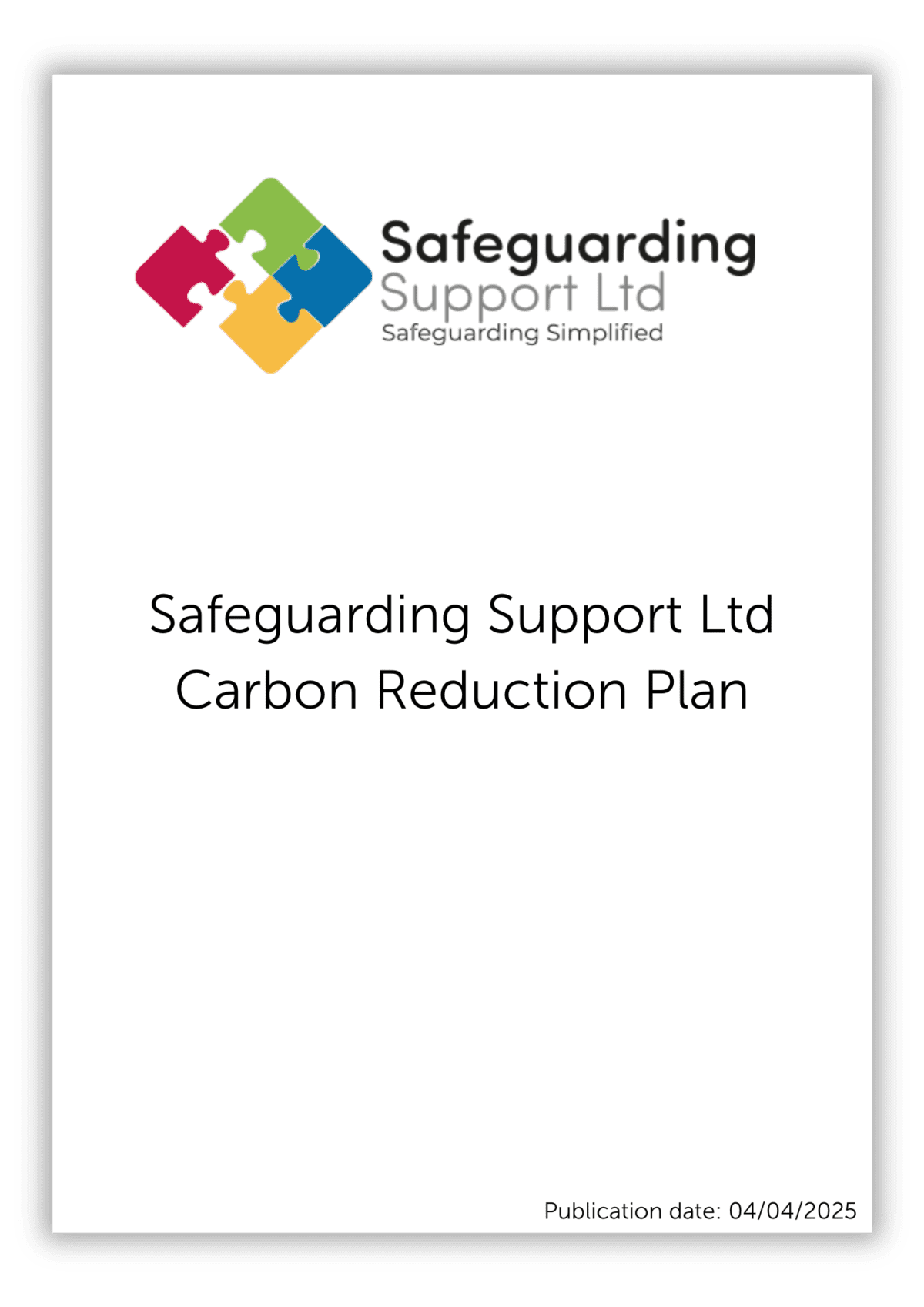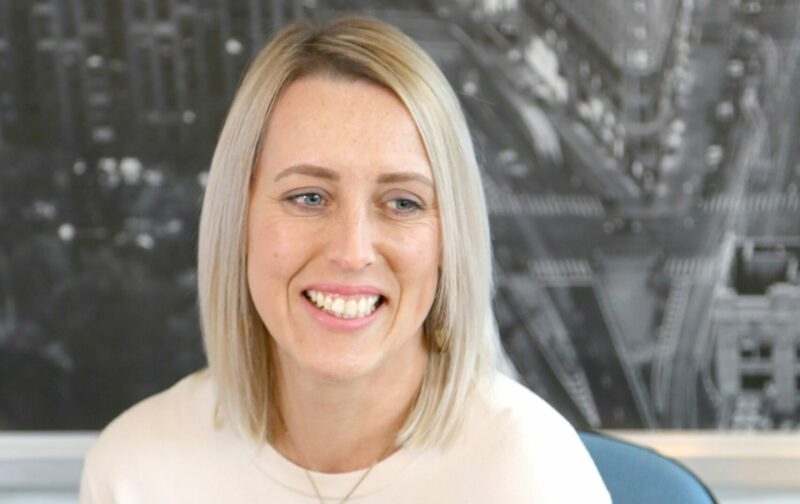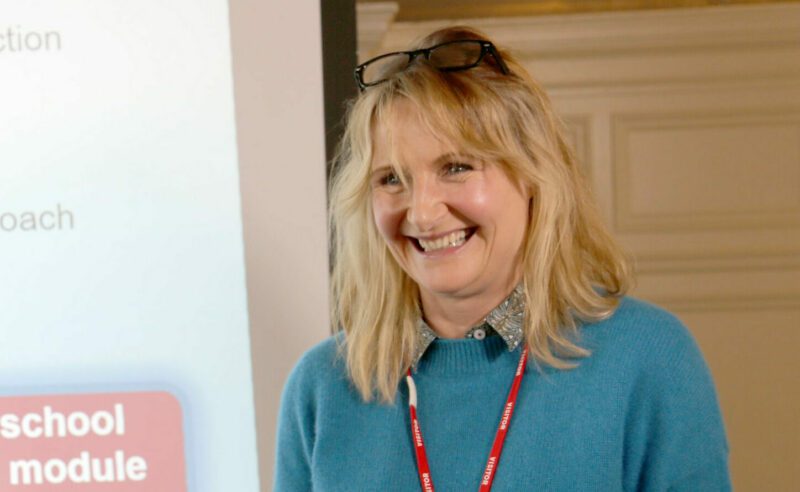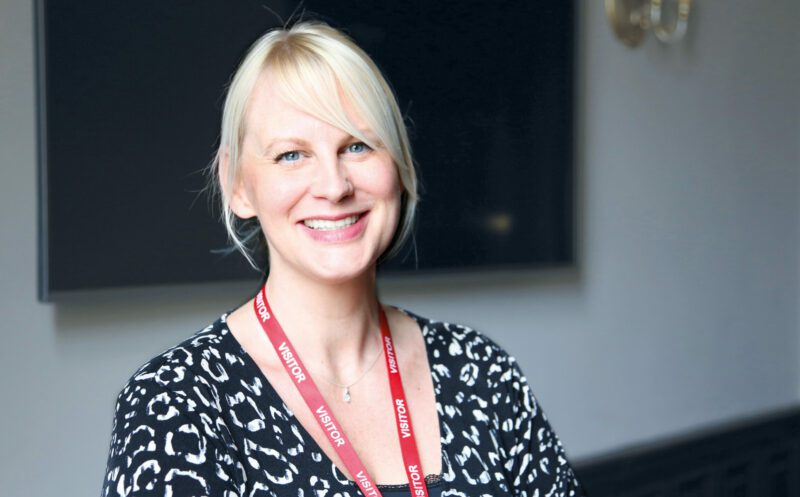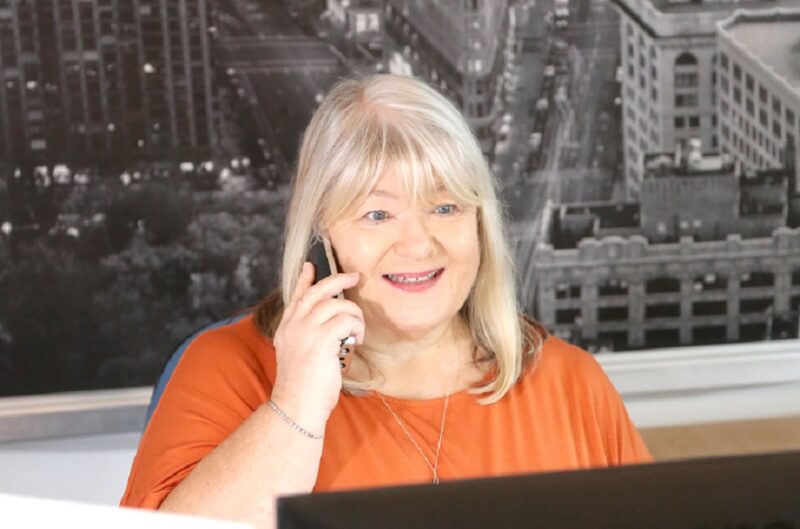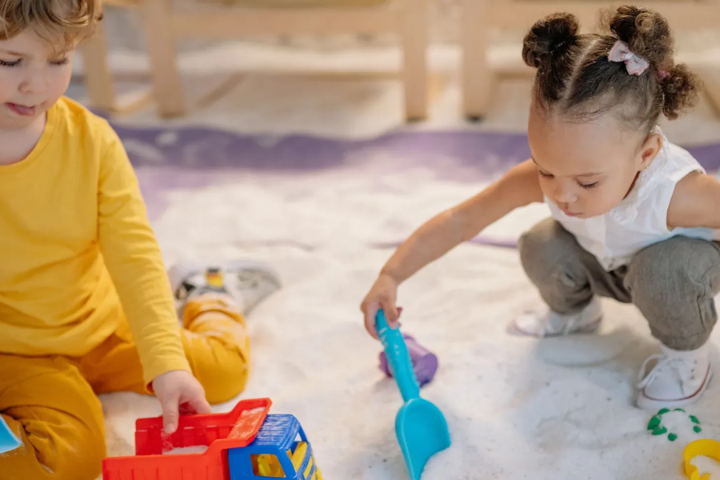
Early Years Statutory Framework Safeguarding Reforms
As early years practitioners you will be aware that the Department of Education (DfE) is committed to enhancing early education and childcare from the end of parental leave to the end of primary school.
The Early Years Foundation Stage (EYFS) Statutory Framework sets standards for early years providers to ensure children’s learning, development, health, and safety.
Summary of Responses Received and the Government’s Response
The consultation received 1,470 responses from various stakeholders, which included parents, childminders, nursery schools, primary schools, local authorities, and other organisations. The highest proportion of responses came from private, voluntary, or independent early years group setting managers.
In October 2024 the government agreed that they would implement all proposed safeguarding changes with just minor wording adjustments for clarity. In addition, they would introduce new whistleblowing requirements and expectations for providing references to enhance settings safer recruitment practices.
As of November 2024, there are now two statutory EYFS Frameworks, which means that implemented changes may only apply to one, or both of the Frameworks. Providers are responsible for ensuring they follow the current version of the framework for their provider type.
Summary of Substantive Changes
Designated Safeguarding Lead (DSL)
Group based providers should note a change of role description from Lead Practitioner to DSL.
The DSL should take lead responsibility for:
- Safeguarding children
- Liaising with their local safeguarding partners
- Being alert to any issues of concern in the child’s life at home or elsewhere
- Ensuring training is in line with Annex C criteria which must be renewed every two years, and where necessary, undertake annual refresher
- Ensuring practitioners read What to do if you’re worried a child is being abused guidance
Child Absence
Both types of providers must follow up absences in a timely manner, and for prolonged/absence without notification from parents/carers, attempts must be made to contact the parent/carers or emergency contacts and must:
- Consider patterns/trends/personal circumstances and use professional judgement and consideration as to whether the absence is prolonged
- Consider any concerns which must be referred to children’s social care or police
- Where possible, hold more than two emergency contact numbers for each child
- Have an Attendance Policy, which should be shared with parents/carers and includes:
- Expectation for reporting child absences
- Actions and procedures the setting will take for prolonged or absences without parents/carers notification e.g. safeguarding procedures and actions where parents/carers are not contactable
Safer eating
Both types of providers should be aware there should always be a member of staff in the room, who should sit facing children when children are eating, and have a valid paediatric first aid certificate.
Settings must obtain special dietary requirements from parents/carers, share this with staff, prepare food in a way to prevent choking, and be clear about who is responsible for checking that the food meets all requirements.
Toileting and privacy
Both types of providers should respect children’s privacy, considering and balancing with safeguarding and support needs when changing nappies and toileting.
Safer Recruitment
Both types of providers should be aware that there is updated guidance on references which must be obtained before employment, however, best practice would be before interview in line with KCSiE guidelines.
References for staff leaving, should be provided by the setting upon request in a timely manner, and include:
- Information as to whether they are satisfied with the applicant’s suitability to work with children
- Facts (not opinions)
- Any substantiated safeguarding concerns/allegations which meet the threshold ONLY (KCSiE Part 4).
Both types of providers must have whistleblowing procedures in place which include:
- How to raise concerns around poor/unsafe safeguarding practices, including when and how to report concerns
- The process of what happens next and must be followed
- Signposting for staff who feel they are unable to raise a genuine issue with their employer, or issues raised are not being taken seriously, to other channels e.g. NSPCC Whistleblowing Advice Line
Group based providers’ Safeguarding Policy must include suitability check and recording procedures in regards:
- Qualifications
- Identity checks
- Vetting process
- References
- Criminal record check reference number, date of check, who obtained it
Childminders must:
- Have relevant early years safeguarding practitioner training
- Have passed the required checks to fulfil their role
- Obtain a reference for childminding assistants employed by them
- Ensure suitability of any person who may have regular contact with children e.g. someone living/working on the same premises of the provision
Self-paced eLearning Training which meets EYFS 2025 Section 3 Annex C requirements
Our Early Years Safeguarding Practitioner training is now live and available!
Early Years Designated Safeguarding Lead is currently under development and will be available from September 2025. Register your interest HERE to be the first to know when it’s been released.

